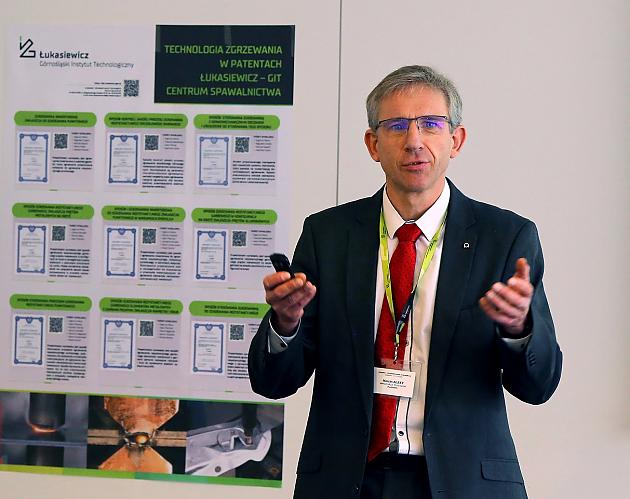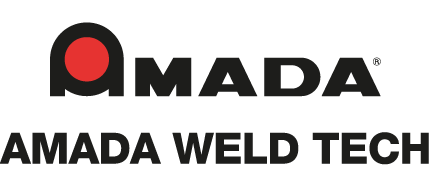You are here

The challenges of joining printed circuit boards
At the international Resistance Welding Seminar in Poland, welding expert Dr Marcin Alexy, explained that the electrical contacting of printed circuit boards (PCBs) can be a challenging joining application.
Key requirements for a good result
The electrical contacts realized by welding must fulfil following key requirements: low electrical resistance, sufficient mechanical strength, high thermal endurance and good corrosion resistance. These properties must stay stable within narrow tolerance window over the entire life cycle of a product. The good news is that the requirements needed are very well met by Resistance Welding.
Highest possible joint strength
Within the technology of Resistance Welding there are two basic options to create the weld joint:
- parallel gap welding
- thermo- compression-welding also called “thermode welding “
Both options have several advantages and disadvantages. Nevertheless, in both cases the key goal is to reach excellent contact surface between the welded component and the PCB to ensure highest welding joint strength. Thanks to the geometry of the welding tool, the thermode welding reaches high contact surface. Therefore, it would be the best solution, whenever the material combination of the welded parts allows it.
How to achieve a good and stable welding result
To achieve a good and stable welding result, the weld head (used to create the joint) characteristics are key: Rapid but controlled closing stroke, “low impact” welding force, fast and fully controlled follow up succeeded by a quick back stroke. A servo-motor weld head with linear drive fits those characteristics and is recommended for such applications (e.g., FM-025A - High Precision Weld Head, formerly known as MFP25). Alternatively, also a F120 Welding Head with spring-based follow-up system or Universal Spot Welding Head could be used.
Want to know more? Contact us
